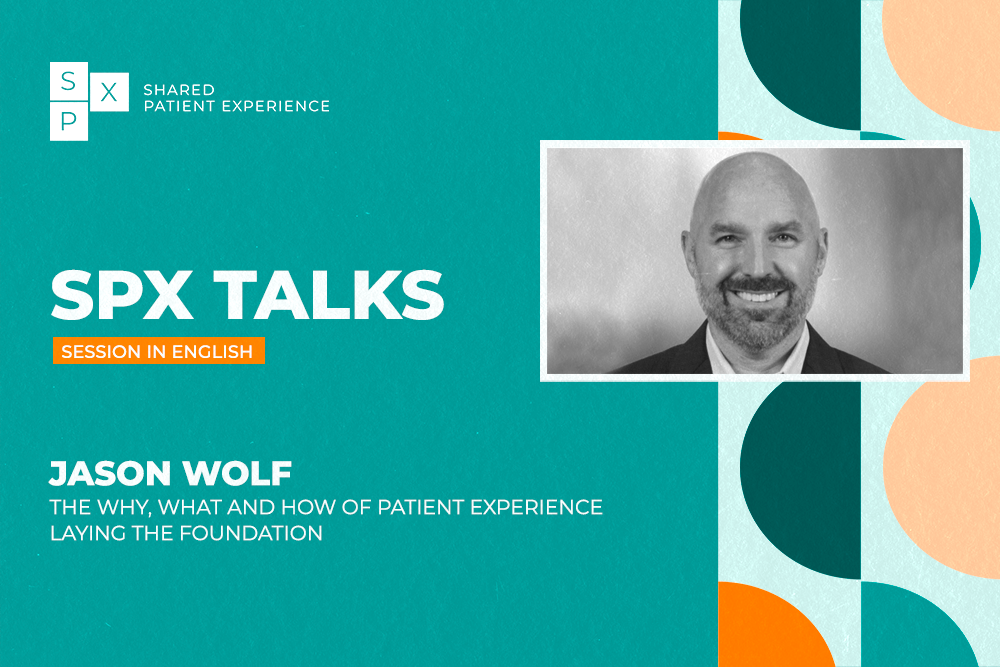
Quality measurement of serious illness communication
Communication between clinicians and patients, as well as their families, fundamentally shapes the experience of serious illness. Illnesses are defined as serious when they present a high risk of death and adversely affect the quality of life of patients or caregivers. A growing body of evidence supports the idea that effective communication with people with serious illnesses improves population health outcomes, the patient (and family) experience, and healthcare spending.
The term serious illness communication (SIC) is used to describe conversations between clinicians and patients with serious illnesses about their goals, values and priorities. Quality SIC improves decision making and care planning by translating what matters most to patients into care recommendations. SIC is associated with better quality of life and care, and has been shown to reduce anxiety and depression.
SIC deserves to be recognised as a focal point of quality measurement because of the risk of suffering in serious illnesses, the potential for communication to alleviate this suffering, and the unique implementation challenges inherent in such communication, including avoidance by clinicians due to training deficits and difficult emotions.
The Serious Illness Care Program at Ariadne Labs convened a symposium of experts to clarify and prioritise quality measurement concepts relevant to SIC.
The measurement analysis yielded a set of process, patient experience, and outcome measures. Outcome measures have been organised into patient-reported outcomes, patient-specific outcomes, caregiver outcomes, and population-level outcomes. Measures of the communication process focused primarily on documenting treatment preferences or of surrogate decision makers, and less on goals of discussing or documenting goals of care. The only mention of patients’ goals and values, a key component of SIC, is found in a survey of bereaved families. No measures addressed discussing or documenting goals and values.
Key themes and subthemes emerged from the symposium discussions, but there is no consensus definition of SIC as the concept is relatively new in the academic literature. As a working definition to generate discussion, we proposed at the start of the symposium that SIC “is a discussion between a clinician and a seriously ill patient that focuses on values, goals, prognosis and/or care preferences/care planning.”
Participants highlighted several challenges inherent in measuring SIC and its outcomes. First, attempts to articulate a quality measurement framework for SIC must match the measures to their intended purpose. The measures are used for quality improvement (QI), research and accountability.
- The performance characteristics of measures used for one purpose will differ from those of measures used for another.
- There may be no known or feasible interventions to improve a given care indicator, or the data may be too difficult to collect, such that it is unlikely to lead to large-scale improvements.
- It is not clear to what extent care outcomes for serious illnesses are attributable to communication.
- Documentation in the electronic health record tends to incompletely reflect spoken communication, making it difficult to measure the communication process.
- The implementation of measures may have unintended consequences.
It is proposed that the systems measure SIC by including or referring to prognostic information, personal values or goals, or both. Structures and processes should strengthen the delivery of high-quality SIC and related outcomes. Structural measures evaluate the attributes of a system that enable care processes. Process measures assess the extent and occurrence of the care delivered to patients. As with the proposed structural measures, these process measures may, in some cases, lack evidence of association with patient outcomes. However, they are achievable, feasible and theoretically valid.
Symposium participants consider goal-concordant care as an outcome that is both relevant to and dependent on SIC. This concept is one of the most difficult to measure and some believe that it cannot be practically measured, regardless of the goal.
Existing patient experience measurement concepts vary in their potential applicability. Some seem promising for inclusion in national survey instruments, including the degree to which a patient feels heard and understood, the degree to which patients receive as much information as they want, and the degree to which patients understand and are satisfied with the communication of the prognosis. Some measures of patient experience are used in research instruments and should be further tested for inclusion in quality measure sets. Patient experience measures place demands on patients and their caregivers and may be limited by low response rates among populations with serious illnesses. In addition, we have identified measurement instruments that assess clinicians’ experience of SIC, as this can have a positive or negative effect on clinicians themselves and may hinder their willingness to engage other patients in these important and potentially difficult conversations.



